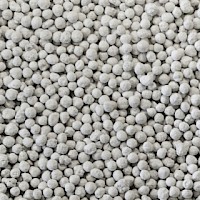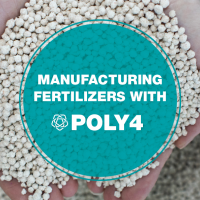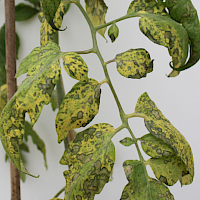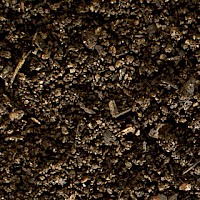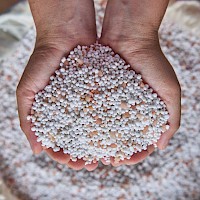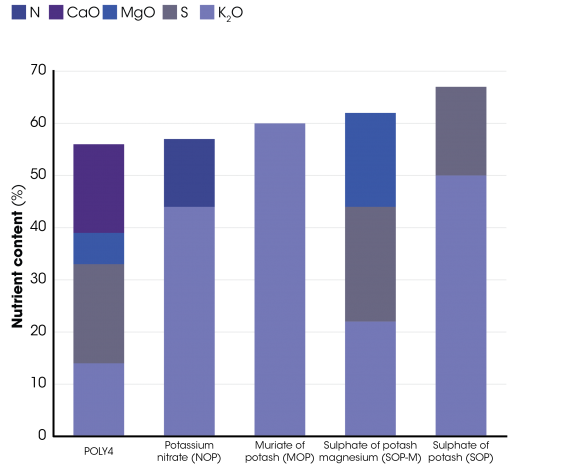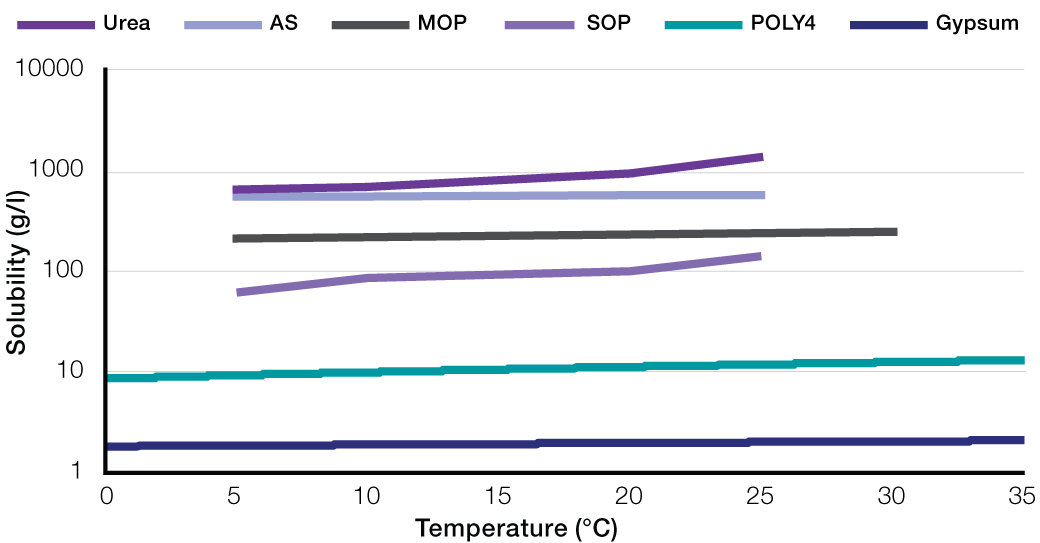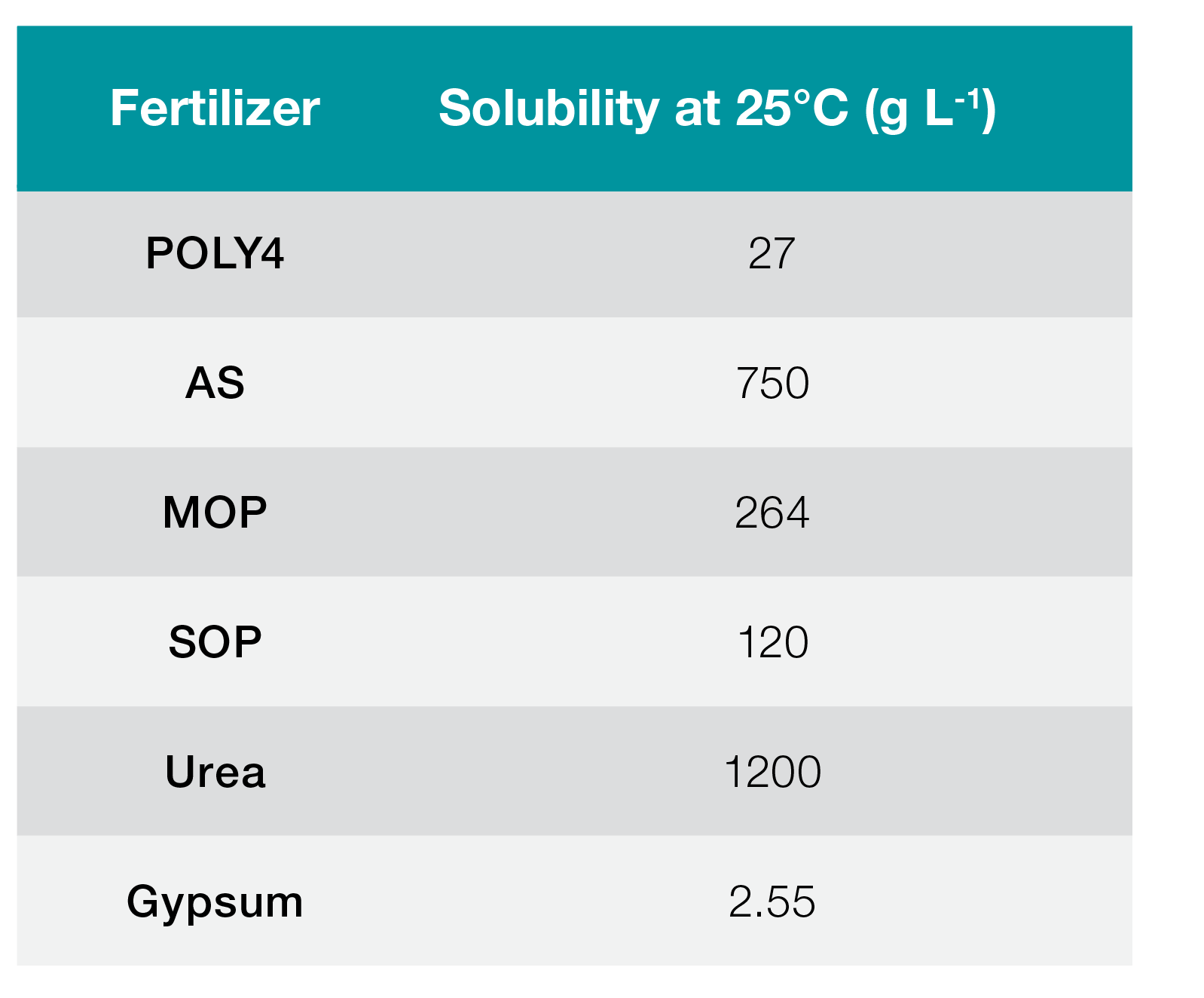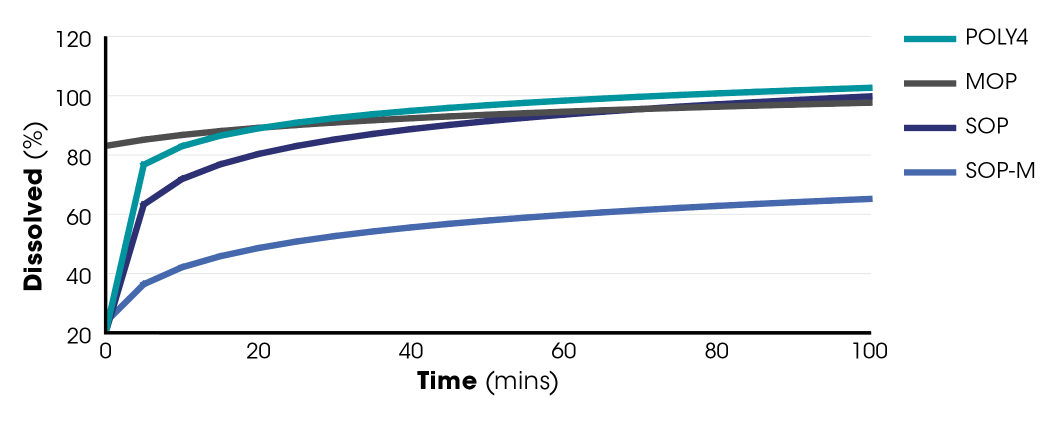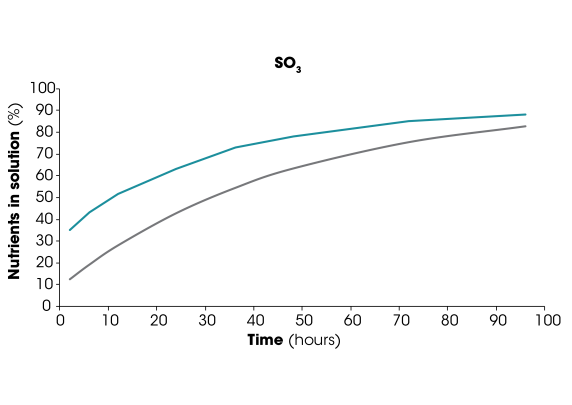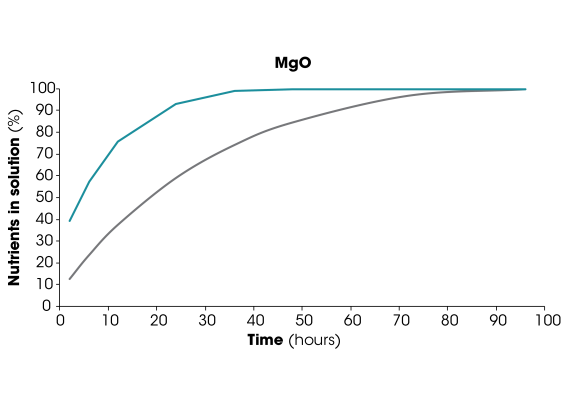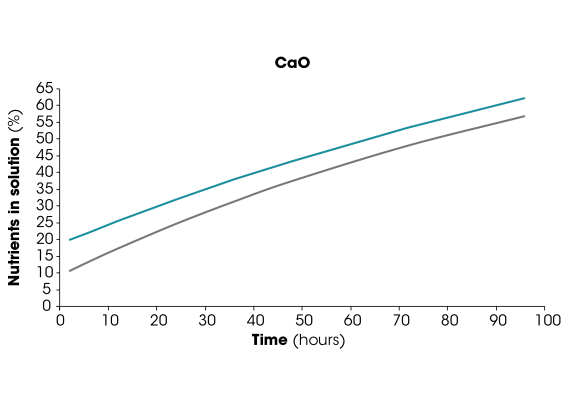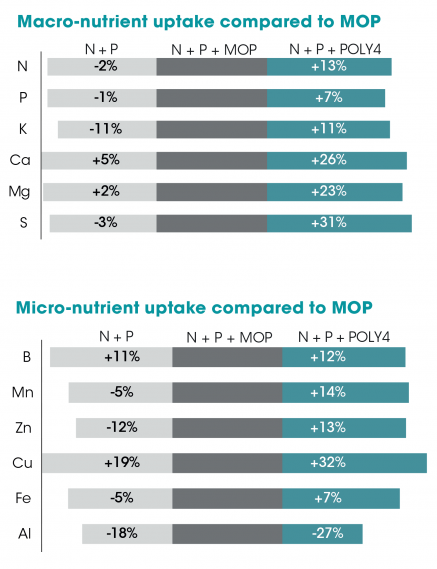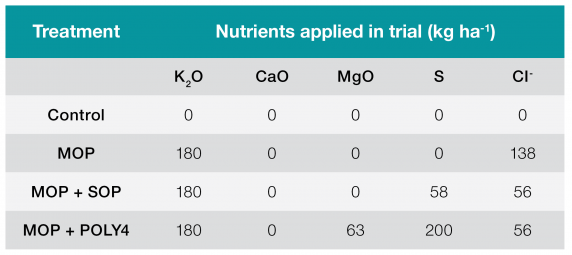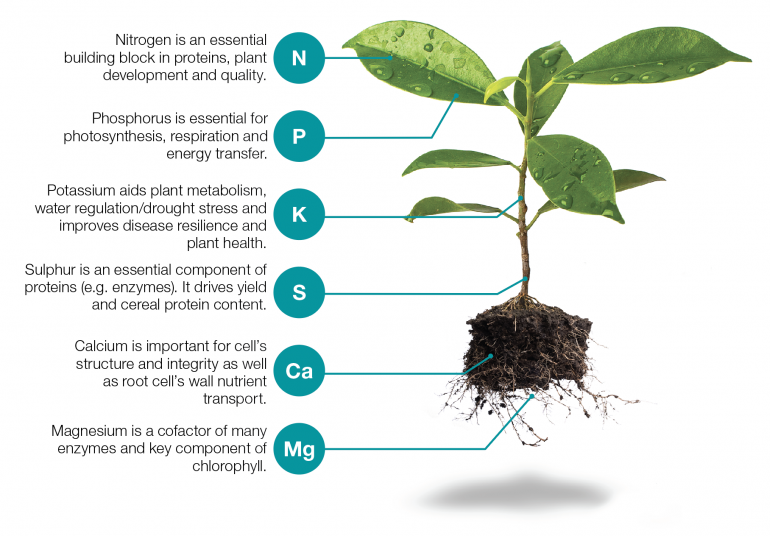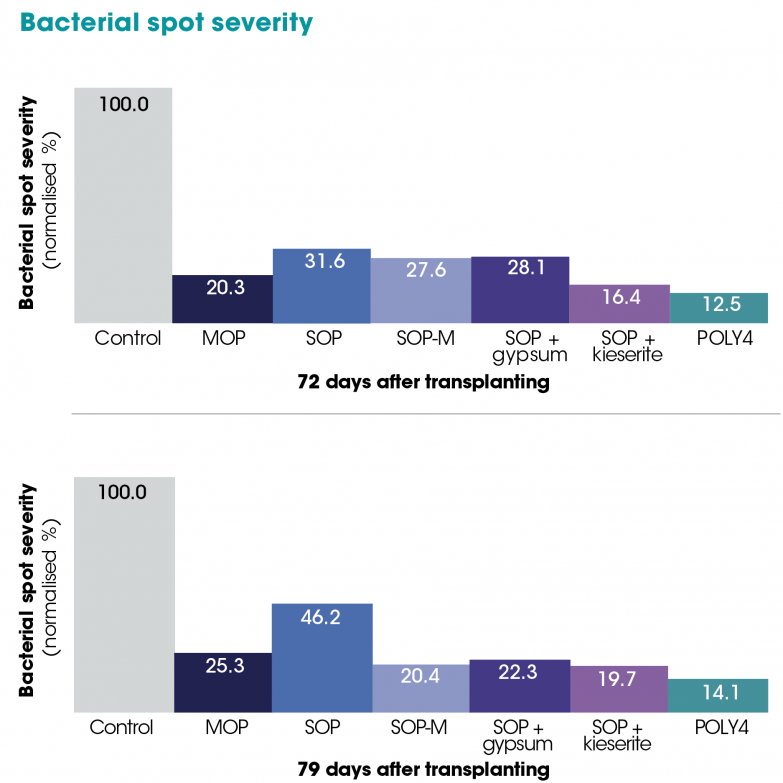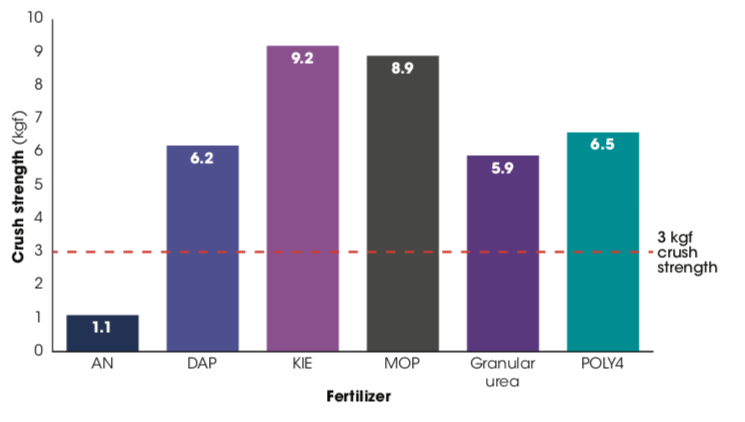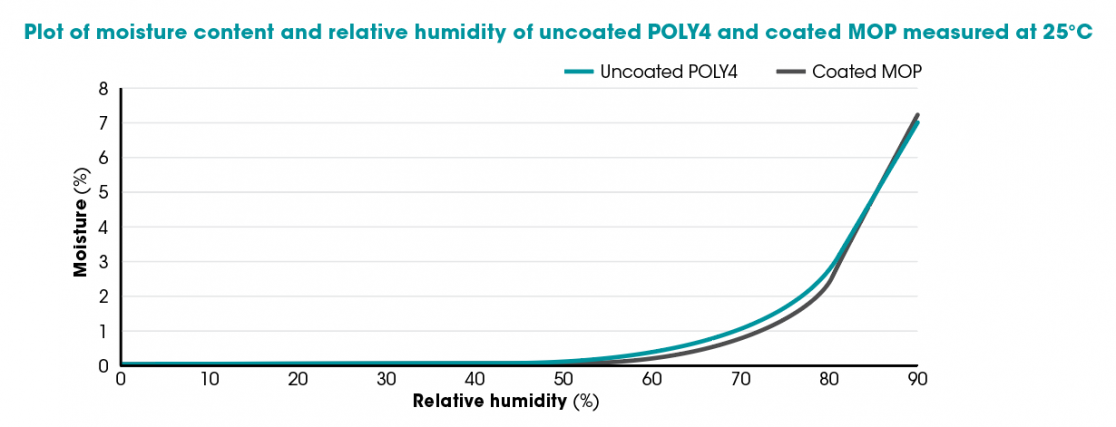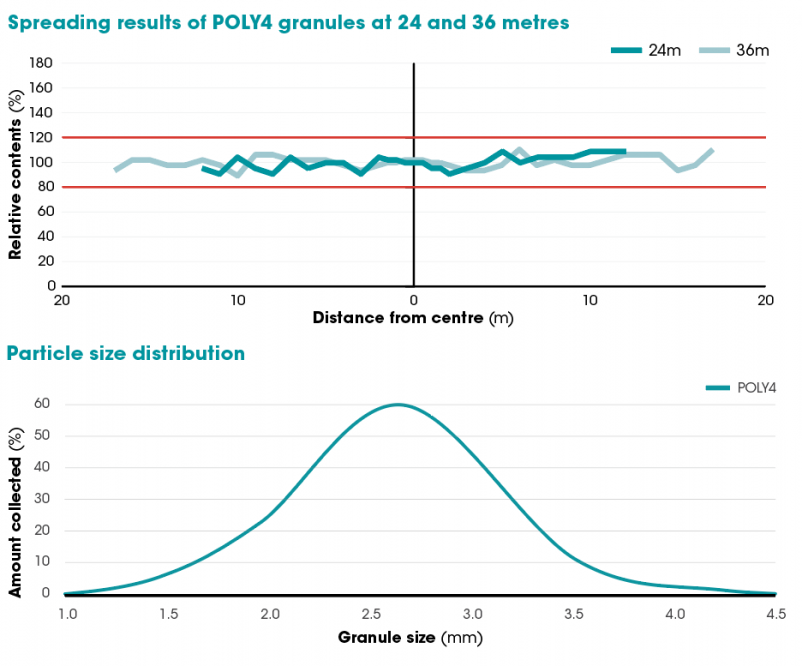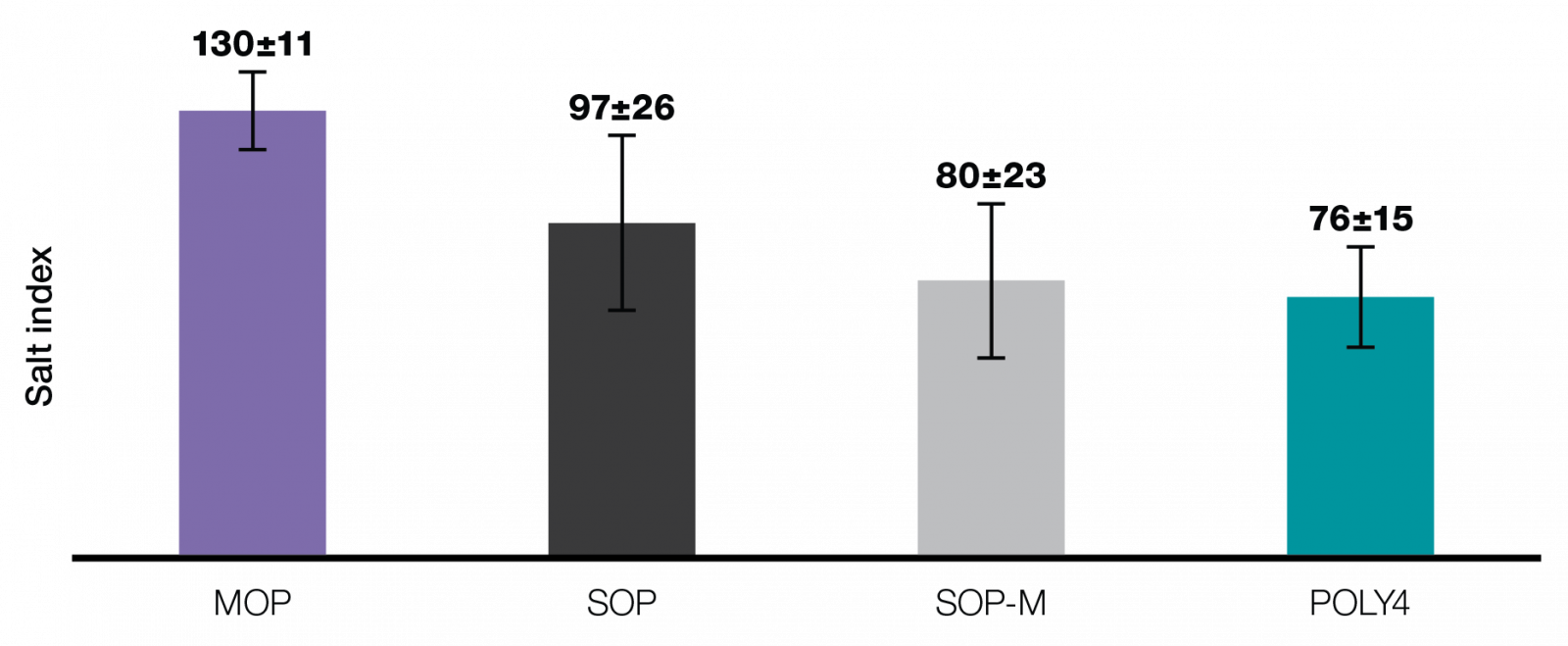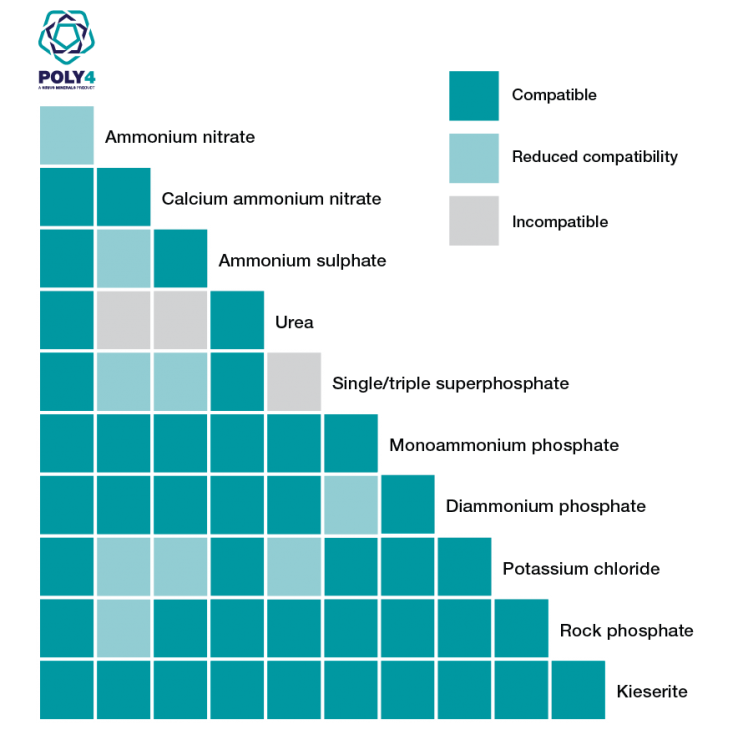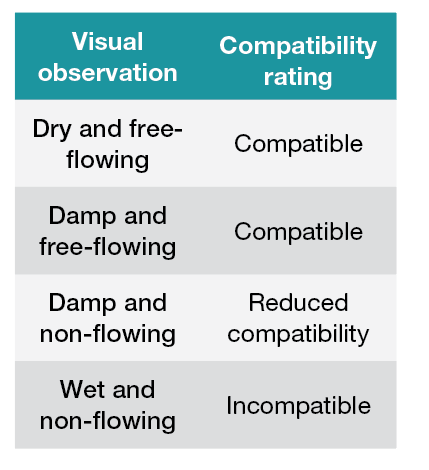A plant’s nutrient requirements change as it develops so farmers must find a fertilizer option that aligns with those needs. POLY4 has a sustained nutrient delivery, which more closely meets the requirements of the plant.
Common fertilizer practice tends to apply nutrients such as nitrogen, potassium and sulphur at sowing. These nutrients can be lost through erosion, runoff or leaching, and so become unavailable towards the end of the plant’s life cycle where nutrient uptake is at its highest. Sustained nutrient release is especially important for crops on sandy and other soils with limited capacity to retain and release nutrients.
In this laboratory study soil columns (30 cm of sandy loam topsoil) were used to demonstrate nutrient release from POLY4 and other products. The test aimed to quantify the release of K, S and Mg to demonstrate the additional benefits of controlled nutrient release achieved from multi-nutrient POLY4.
The sulphate of potash magnesia (SOP-M) treatment quickly released K, with 70% of the added K removed from the topsoil in two pore volumes of simulated rainfall. The POLY4-fertilized soil also had a large peak of K mobilisation but expressed it over a longer period of time. This means it had both high K availability and sustained release of nutrients.
The trend was similar for Mg, with a quick, though short, release from SOP-M but a prolonged release from POLY4 that gave a broad peak of available Mg. When expressed as a percentage of the Mg applied by each of these treatments, the POLY4 quickly exceeded the Mg released from that of SOP-M. Less than 80% of the Mg added in SOP-M was mobilised.
The POLY4 treated soils also mobilised more sulphate (SO42-) than soils treated with SOP or SOP-M. As with the K and Mg, adding POLY4 created a large and sustained peak of mobilised sulphate. The POLY4 added a little more sulphate than the SOP-M, but dramatically increased the available sulphate.
POLY4 provided a very strong and unique combination of prolonged K, Mg and S release with increased total availability of these nutrients: 115% K added (MOP = 64%) and 90% Mg added (SOP-M = 61%). The sustained release of nutrients allows plants to take advantage of this availability for a longer period of time, more closely matching the requirements of the plant.
Nutrient availability in soil




